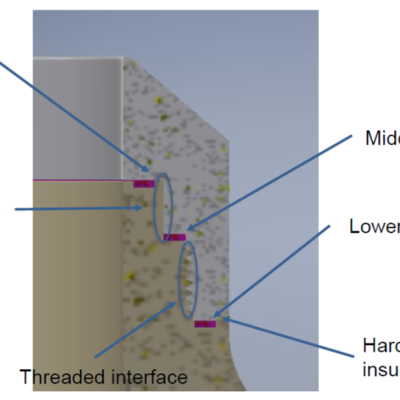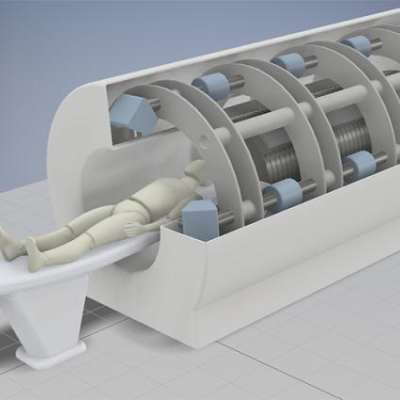LLNL researchers have developed a method to enhance the performance of polyelectrolyte membranes by using a humidity-controlled crosslinking process which can be applied to precisely adjust the water channels of the membrane.
Keywords
- Show all (81)
- Synthesis and Processing (16)
- Photoconductive Semiconductor Switches (PCSS) (9)
- Imaging Systems (8)
- Materials for Energy Products (6)
- Semiconductors (6)
- Additive Manufacturing (5)
- Material Design (4)
- Optical Switches (4)
- Power Electronics (3)
- Sensors (3)
- 3D Printing (2)
- Computing (2)
- Electric Grid (2)
- MEMS Sensors (2)
- Optical Sensors (2)
- Spectrometers (2)
- Precision Engineering (1)
- (-) Membranes (2)
- (-) Particle Accelerators (2)

The approach is to build a high voltage insulator consisting of two materials: Poly-Ether-Ether-Ketone (“PEEK”) and Machinable Ceramic (“MACOR”). PEEK has a high stress tolerance but cannot withstand high temperatures, while MACOR has high heat tolerance but is difficult to machine and can be brittle. MACOR is used for the plasma-facing surface, while PEEK will handle the stresses and high…

LLNL’s approach is to use their patented Photoconductive Charge Trapping Apparatus (U.S. Patent No. 11,366,401) as the active switch needed to discharge voltage across a vacuum gap in a particle accelerator, like the one described in their other patent (U.S. Patent No.

LLNL researchers have developed an alternative route to protective breathable membranes called Second Skin technology, which has transformative potential for protective garments. These membranes are expected to be particularly effective in mitigating physiological burden.
For additional information see article in Advanced Materials “Ultrabreathable and Protective Membranes with Sub-5…

